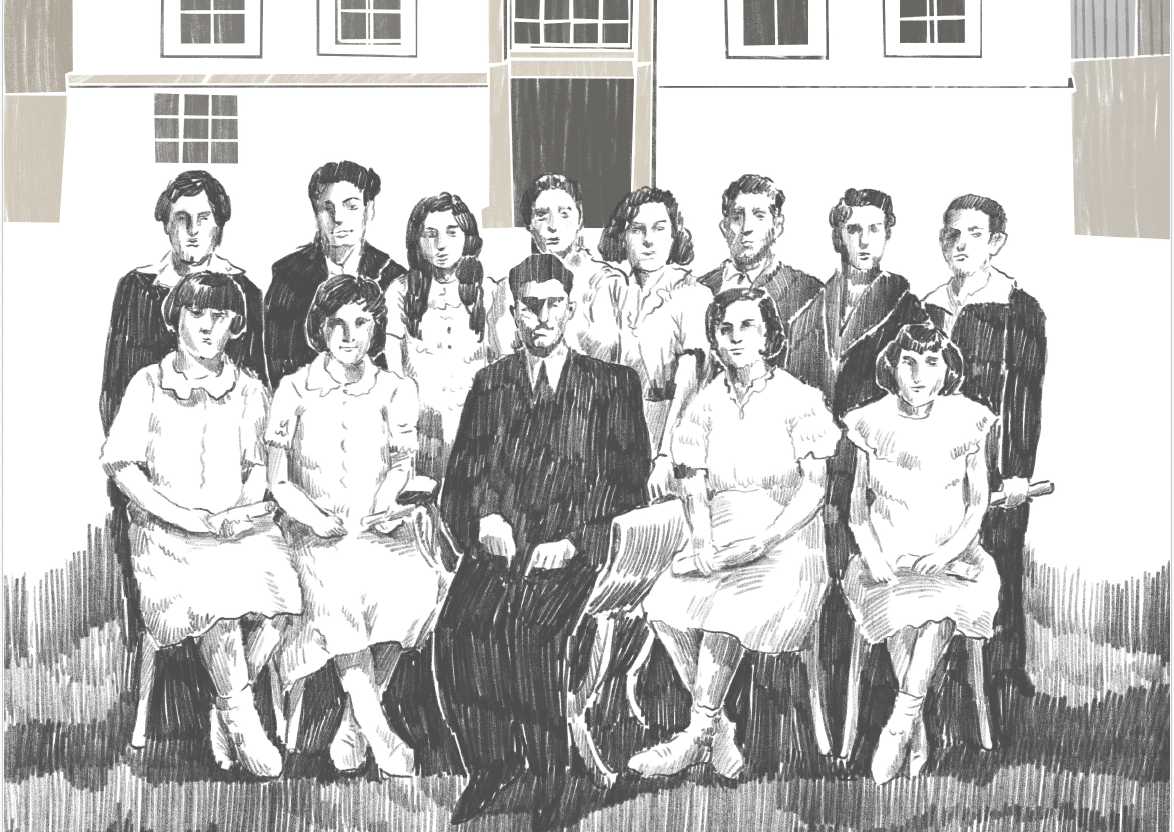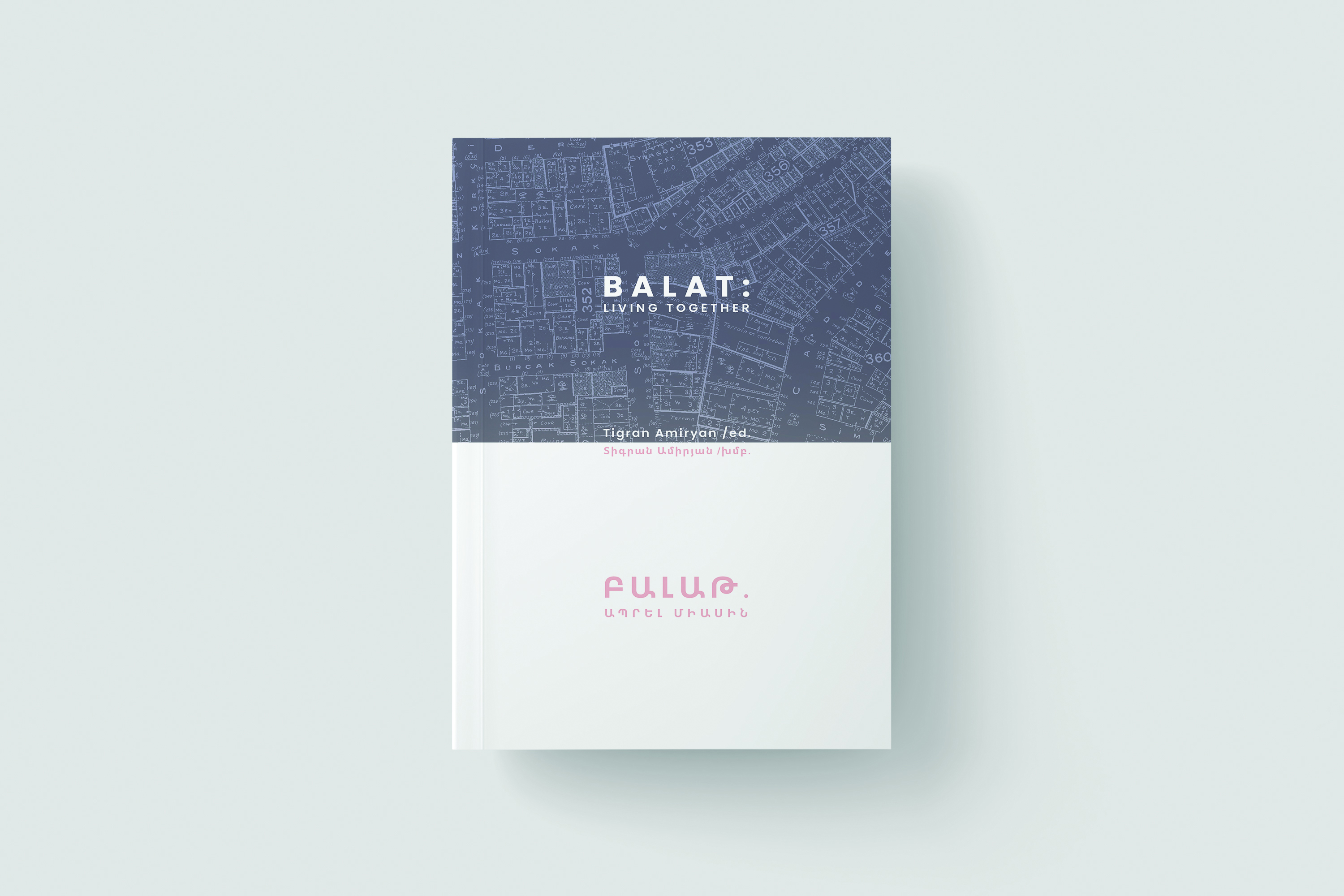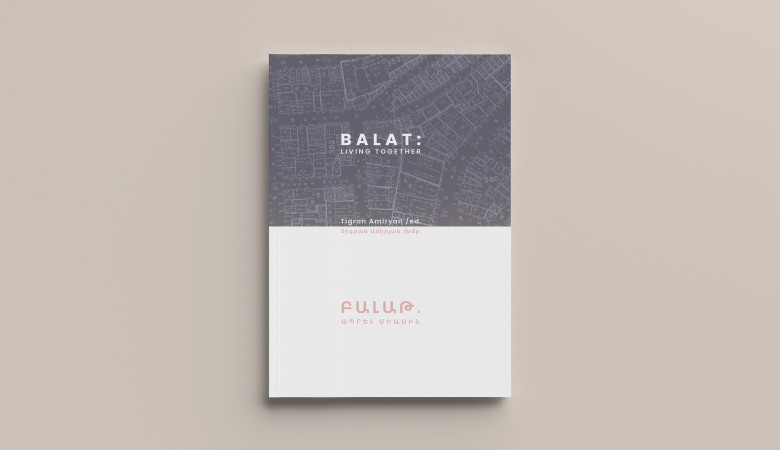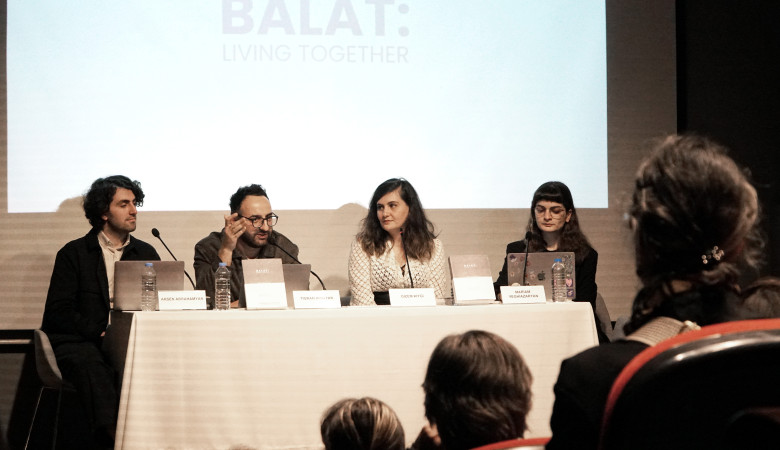"Balat: Living Together" is an interdisciplinary research project that examines (post)memory, cultural heritage, and the practices of peaceful coexistence among various ethnic and religious communities, Jews, Greeks, Armenians, Turks, Bulgarians, and others, as well as their transformations in Istanbul's Balat district. An international team of anthropologists, semioticians, architects, urbanists, archivists, and visual artists focuses on Balat as a space of memory, exploring its history of coexistence and co-creation as reflected in the neighbourhood’s architectural monuments, cultural layers, and social dynamics.
Amidst geopolitical upheavals and traumatic events, such as the Industrial Revolution, the Armenian Genocide, the Istanbul pogroms (1955), the Capital Tax of non-Muslims, the formation of the State of Israel, and the gentrification of the environment, the urban structure, demographic composition, and particles of Balat's idiorrhythm have changed, yet it remains an accepting space of care for different vulnerable groups.
The "Balat: Living Together" project is as multi-dimensional as the unique space of the neighbourhood itself. Years of dedicated work by authors, researchers, and cultural practitioners from various fields and disciplines in around 10 countries have culminated in the "Balat: Living Together" project. Some once lived in Balat, while others continue to witness the neighbourhood’s endless transformations, for certain people, this vibrant and diverse mosaic of Istanbul serves as a source of inspiration and a subject of academic research, while for several, despite not being locals, it is the phantasm of Balat's harmonious polyphony and vivre ensemble that is enchanting. The wide range of nationalities, identities, experiences, and academic interests among those involved in the project has played a key role in shaping its broad and inclusive thematic scope. Academic articles, literary texts, multimedia storytelling, interviews, and other components thoroughly explore key themes and issues from a variety of perspectives, with particular emphasis on the following:
-
The contrast and interplay between Balat’s internal and external memory,
-
The urban, cultural, and social transformations of Balat, shaped by the 19th-century industrialisation and the traumatic events of the 20th century,
-
The linguistic, religious, ethnic, and cultural signs of diversity reflected in Balat’s architecture,
-
The confrontation between the architectural heritage of the neighbourhood and ongoing gentrification,
-
The negative impact of UNESCO’s recognition of Balat as a historical and cultural district on the protection and preservation of its cultural and architectural legacy,
-
The drastic changes in the living conditions and daily practices of the people of Balat in the context of industrialisation,
-
The united struggle of different ethnic groups for social justice and equality analysed through the case study of the workers' strikes at the "Cibali" tobacco factory,
-
The central role of the Surb Hreshdagabed Armenian Church, Khorenyan School, and the Armenian Cemetery of Edirnekapi in the education, identity, and preservation of the Armenian community in Balat,
-
Joint celebrations and rituals of Balat’s diverse communities (Feast of the Holy Cross, Balat’s Day, Easter, Pesach, the worship of the "Charkhapan" (Expeller of Evil) icon, Matagh, and others),
-
Balat as a space of memory, embodying consensual polyphony and peaceful coexistence.

An extensive study of what was initially a complex and sensitive topic has emerged under extremely difficult circumstances. The commencement of fieldwork was followed by the COVID-19 pandemic, which led to suspending and restricting research activities for an extended period. The outbreak of the 44-day war in Nagorno-Karabakh further intensified the targeting of projects focused on Armenian-Turkish cultural dialogue and heightened the threats to the safety of those involved in such initiatives. The international team carrying out the project eventually overcame these and many other challenges by staying truthful to the principles of cultural dialogue and co-creation, thus uniquely reimagining the peaceful coexistence reflected in Balat's multi-layered memory. An international team of researchers and artists from Armenia, Greece, the United Kingdom, Turkey, the United States, and other countries employed various research methodologies and approaches in both conducting the research and executing other components of the project. Among those, especially decisive were:
-
The examination of archival materials from the state, family, and individual artists (Ara Güler, Eleonora Arhelaou),
-
A comprehensive study of the literature and research materials about Balat,
-
An analysis of oral histories gathered through in-depth interviews with the people of Balat,
-
Exploration and mapping of Balat through digital humanities,
-
The creation of unique illustrations based on fieldwork and authorial texts,
-
Analysis of artistic responses to multicultural peaceful coexistence (fiction, interactive theatre, music, and more).
The interdisciplinary research project has resulted in the creation of:
-
The trilingual (Armenian, Turkish, English) research publication "Balat: Living Together,"
-
Exclusive illustrations and postcards inspired by Balat,
-
A thematic website,
-
An interactive map featuring significant locations mentioned in the book (The Chora Church, the Ahrida Synagogue, Surb Hreshdagabed Armenian Church, Tur-i Sina Church - Greek Church Aghios Yanis Sinaitikos, Cibali Tobacco Factory, Or-Ahayim Hospital et cetera).
The first presentation of the "Balat: Living Together" project and its trilingual book took place in March 2024 at the Hrant Dink Foundation in Istanbul. Furthermore, the project was showcased in Armenia and Turkey as part of several cultural and educational occasions.
This project, which incorporates memory studies, matters related to the preservation and protection of cultural heritage, and a unique reflection on peaceful coexistence, encapsulates the core principles and thematic directions of the "Cultural and Social Narratives Laboratory" (CSN Lab). It stands out not only due to its thematic richness, the depth and scope of the work undertaken, but also because of its core objective: to advance dialogue, democracy, conflict resolution, and peace through culture.
The team
Project curator: Tigran Amiryan
Curatorial board: Sona Kalantaryan, Gizem Kiygi
Editor-in-chief: Tigran Amiryan
Authors: Tigran Amiryan, Melis Bilgiç, M. Emir Küçük, Diana Yayloyan, Mete Ulutaş, Leon Aslanov, Mesut Dinler, Gizem Kiygi, Sona Kalantaryan, Angelos Kottas, Emre Yalçin, Berfin Mollavelioğlu, Meriç G. Doğan, G. Doğan.
Translators: Hovhannes Galstyan, Burcu Sila Candan, Taryn Bell
Armenian translation: Armen of Armenia (Ohanyan), Norayr Manvelyan, Hayarpi Papikyan
Turkish translation: Gizem Kiygi, Emir Küçük, Özge Çelik
Proofreaders: Meri Sargsyan (Armenian), Hovhannes Galstyan (English), Eylem Can (Turkish)
Layout design and photo editing: Klim Gretchka
Book cover design and illustrations: Harutyun Tumaghyan
The "Balat: Living Together" project was implemented by the "Cultural and Social Narratives Laboratory" (CSN Lab) NGO with the assistance of the European Union within the framework of the “Support to the Armenia-Turkey Normalization Process: Stage 3” (ATNP-3) programme. The contents of the project is the sole responsibility of the “Cultural and Social Narratives Laboratory” NGO and can in no way be taken to reflect the views of the European Union or (any other) members of the ATNP Consortium.


